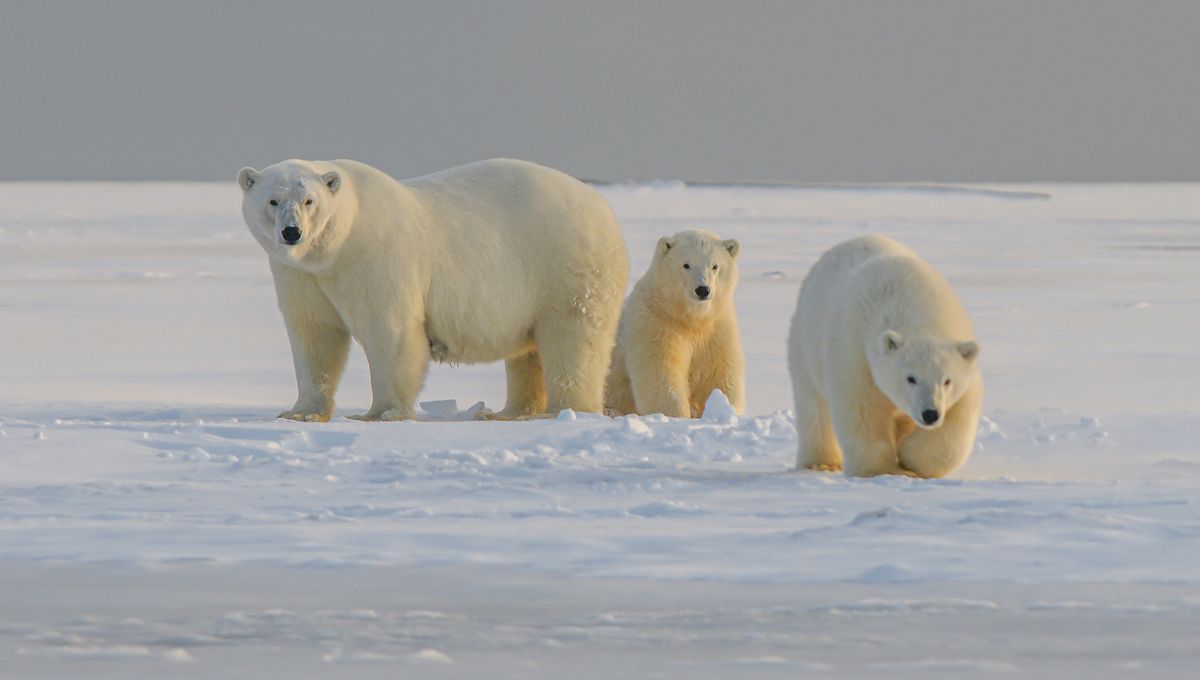
Two polar bears have attacked and killed a person working at a remote radar site in the Canadian Arctic. The fatal attack took place on Thursday, August 8, at the outpost on Brevoort Island in Canada’s far northeastern Nunavut territory, according to Nasittuq Corporation, which runs the facility.
“Nasittuq employees responded to the scene and one of the animals was put down. Our thoughts and prayers are with the family, friends, and colleagues affected by this loss,” the company said in a statement. They added that they are not revealing the individual’s identity at this time out of respect for their family.
Nasittuq is an Inuit-controlled corporation that helps to operate and maintain the North Warning System, a network of 47 radar sites that span over 5,000 kilometers (3,100 miles) across Canada’s North. Operating since the late 1980s, its prime objective is to detect aircraft and cruise missiles across North America’s polar region. The company also manages the infrastructure around the system, including its 47 helipads, gravel runways, over 118 buildings, and 311 bulk fuel storage tanks.
Polar bears are ferocious apex predators that will hunt pretty much anything they can get their paws on – including humans. Large males can stand more than 3.3 meters (11 feet) tall on their hind legs.
That said, fatal attacks against humans are fairly rare. A 2017 study found that males tend to attack when they are desperate and “nutritionally stressed,” while aggression from females was even rarer and most often attributed to the defense of their cubs.
Between 1870 and 2014, there were 73 confirmed polar bear attacks, resulting in the deaths of 20 people and the injury of 63, across Canada, Greenland, Norway, Russia, and the US. However, it is evident that attacks are becoming more common – 47 of these attacks occurred between 1960 and 2009, and 15 attacks happened in the short period between 2010 and 2014.
Part of the reason there’s been such an uptick in attacks is the melting Arctic sea causing more hungry polar bears to spend more time on land. Simultaneously, human activity is increasingly infringing upon the natural habitat of the bears, creating a perfect storm.
“This is very tightly related to the decline in sea ice, as it pulls further away from the shore each year. Bears are now having to make a choice as the ice melts each year: do they stay on the ice and retreat with it into deep Arctic waters or do they jump, come to shore, and take their chances on land?,” Geoff York, senior director of conservation at Polar Bears International and co-author of the 2017 study, said in a statement at the time.
“Those who come ashore may come into conflict with human communities or activities. And as they get more desperate for food, they may well take higher risks,” added York.
Source Link: Polar Bears Kill Person Working At Remote Radar Site In Canadian Arctic